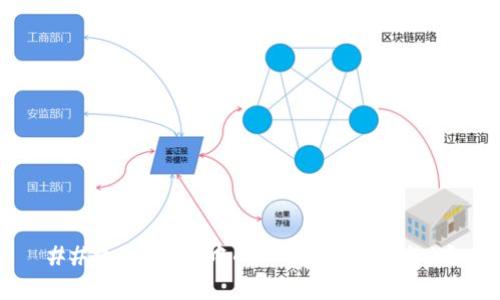引言 随着数字货币的逐渐普及,冷钱包成为了保护资产的重要工具。而TP钱是一款备受欢迎的冷钱包应用,它提供用...
Traditional applications (web apps, mobile apps) often rely on centralized servers to operate. This means a single entity has complete control over the application, which can lead to issues of trust, censorship, and data manipulation. On the other hand, DApps leverage blockchain technology, where data is stored across a decentralized network. This structure allows for greater transparency, as all transactions can be publicly audited on the blockchain. Additionally, DApps eliminate the need for intermediaries, which reduces costs and potential points of failure.
###
To access DApps in TP Wallet, users can navigate to the ‘DApp’ section after logging into the wallet. The interface typically provides a list of popular DApps categorized by type, such as DeFi, gaming, art, etc. To use a DApp, simply click on its link, and the wallet will interact with it directly. Users can connect their wallet to the DApp, and their crypto assets will appear within the application. Transactions are made directly from the wallet, and users must approve transactions in real time, ensuring they have control over their assets.
###The security of DApps largely depends on the underlying blockchain they operate on and the measures taken by the developers. Most reputable DApps undergo rigorous security audits to identify and fix potential vulnerabilities. Users should also take personal security measures, like using hardware wallets to store their private keys and enabling two-factor authentication where available. Since users remain in control of their funds, they should be cautious when granting permissions to DApps and only interact with those that have established a positive reputation in the community.
###
Yes, DApps can be monetized through various models, including transaction fees, subscription services, advertising, and premium features. For example, many DeFi platforms charge fees for transactions or transactions related to liquidity pools. NFT DApps may earn revenue from sales commissions or by facilitating trades. The key to a DApp's success often lies in striking a balance between user engagement and revenue generation without compromising on the decentralized ethos.
###Developing a DApp typically requires a solid understanding of blockchain technology and programming skills. Key skills include proficiency in smart contract languages like Solidity (for Ethereum) and understanding decentralized storage solutions. Furthermore, knowledge of front-end frameworks for user interfaces and how to interact with blockchain networks via libraries like Web3.js or Ethers.js is essential. There are several resources, tutorials, and communities available for those looking to learn how to build DApps, making it increasingly accessible for developers.
###The future of TP Wallet and its DApp ecosystem looks promising, as the demand for decentralized solutions continues to grow. Users seek more control over their financial assets, and DApps fulfill this need. As blockchain technology matures, we can expect improvements in scalability and interoperability between different blockchain platforms, which will enhance user experience. Innovations such as Layer 2 solutions, cross-chain capabilities, and user-friendly interfaces will likely lead to broader adoption. Additionally, regulatory frameworks may evolve to provide clearer guidance for DApps, leading to safer and more compliant interactions for users.
通过以上的讨论,我们深刻认识到TP钱包中的DApp不仅是数字货币交易的工具,它更是去中心化生态系统中不可或缺的一部分。未来,随着技术的进步和市场的成熟,DApp将会给用户带来更多创新和便利。